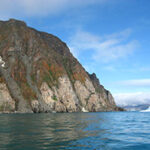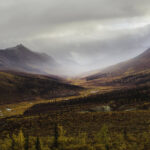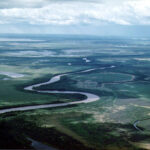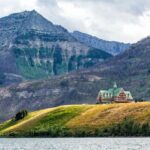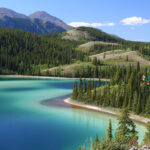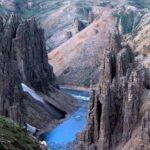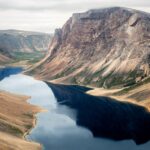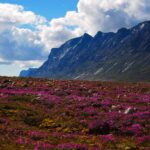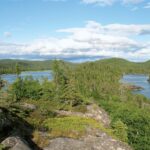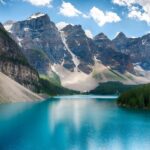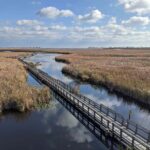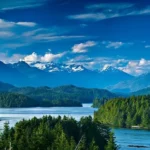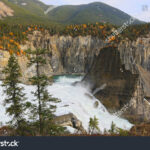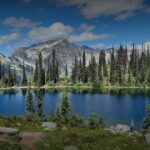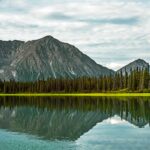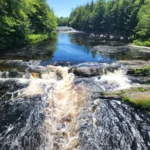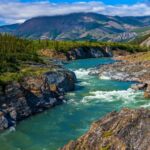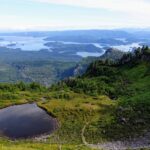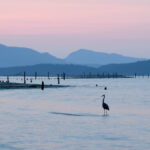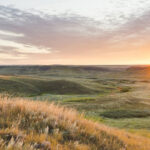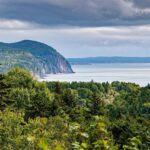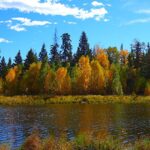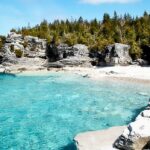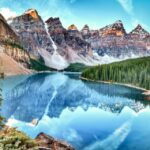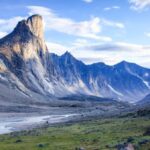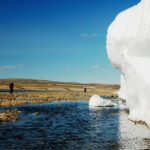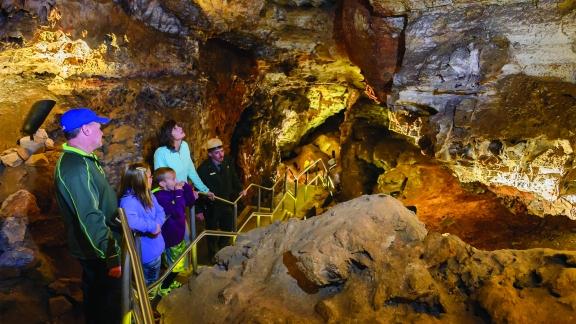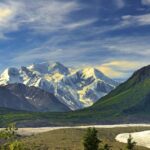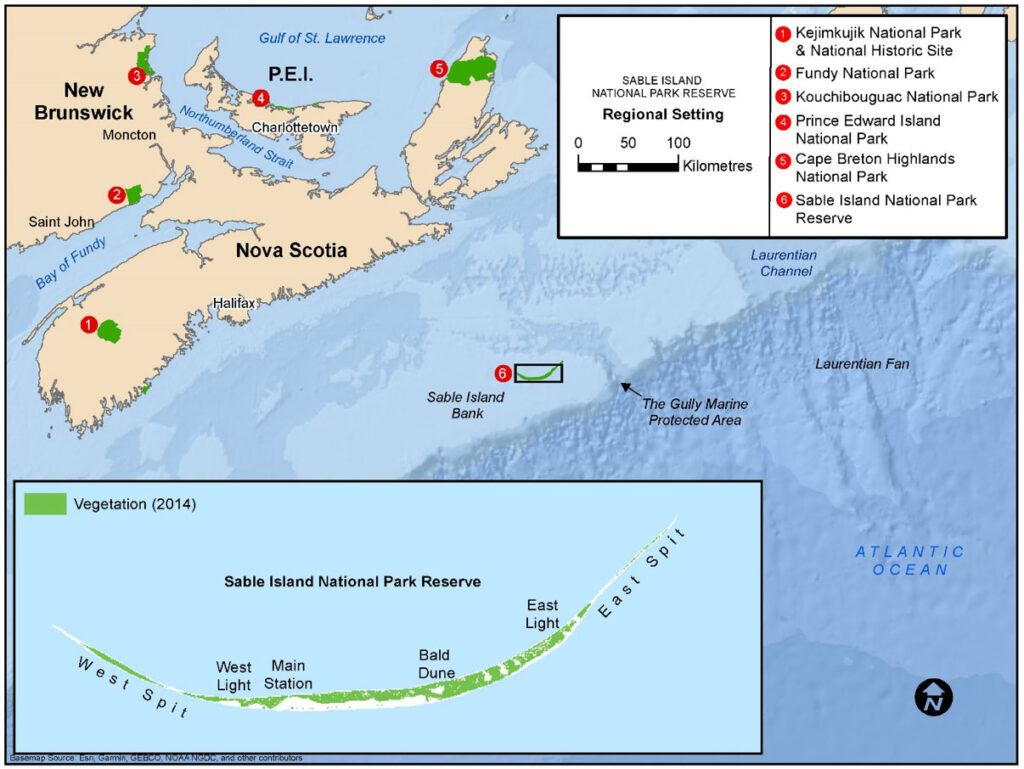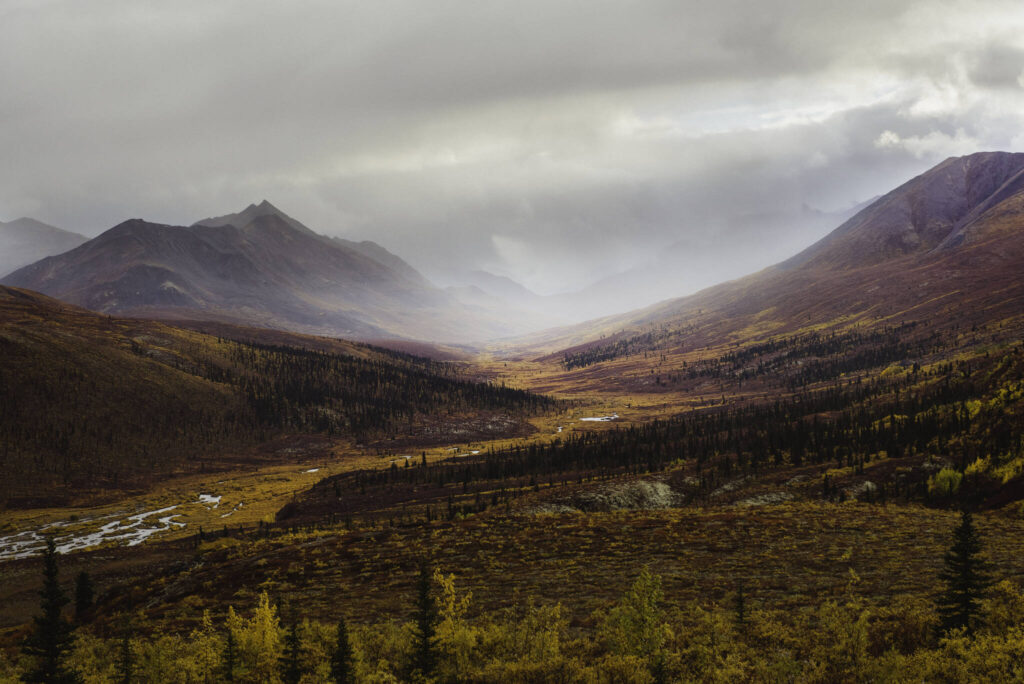Exploring the Depths: Wind Cave National Park
Embark on a subterranean adventure as we uncover the hidden treasures of Wind Cave National Park, a unique and captivating destination located in the southwestern corner of South Dakota. With its vast cave system, diverse wildlife, and expansive prairie landscapes, Wind Cave National Park promises an unforgettable experience for nature enthusiasts and explorers alike. Let’s delve into the wonders of Wind Cave, discovering its location, size, top attractions, and compelling reasons to include it in your travel itinerary.
Unveiling Wind Cave National Park
Wind Cave National Park, established in 1903, is renowned for its distinctive cave formation and is recognized as the first cave to be designated a national park anywhere in the world. Nestled in the Black Hills region of South Dakota, the park spans over 33,000 acres, featuring mixed-grass prairies that provide a habitat for a variety of wildlife species. At the heart of Wind Cave’s allure is the intricate cave system, known for its unique boxwork formations and extensive labyrinth of passageways.
Best Attractions
Explore the enchanting features that make Wind Cave a must-visit destination:
-
Natural Entrance Tour
Embark on the Natural Entrance Tour, a guided exploration of the cave that takes you through narrow passages and reveals the stunning boxwork formations. Learn about the cave’s history and geology from knowledgeable park rangers.
-
Garden of Eden Tour
Discover the Garden of Eden Tour, a journey that leads visitors to a unique area of the cave adorned with delicate formations and rare cave features. Marvel at the beauty concealed beneath the surface.
-
Wind Cave Canyon Trail
Hike the Wind Cave Canyon Trail, a scenic path that winds through the prairie landscape surrounding the cave entrance. Enjoy the picturesque views and keep an eye out for wildlife such as bison and prairie dogs.
-
Lookout Point
Visit Lookout Point for panoramic views of the Black Hills and the surrounding prairies. This vantage point offers a breathtaking perspective of the park’s diverse landscapes.
-
Bison Herd
Witness the resident bison herd, a unique feature of Wind Cave National Park. The park is home to one of the oldest publicly protected bison herds, allowing visitors to observe these iconic creatures in their natural habitat.
-
Elk Mountain Campground
Stay at the Elk Mountain Campground for a camping experience immersed in the tranquility of nature. Enjoy stargazing and the serenity of the prairie landscapes during your overnight stay.
-
Rankin Ridge Trail
Hike the Rankin Ridge Trail for a moderately challenging trek that leads to the highest point in the park. Capture stunning vistas of the Black Hills and the prairies below.
-
Prairie Dog Town
Visit Prairie Dog Town, an area near the visitor center where prairie dogs are abundant. Watch these social rodents go about their daily activities and enjoy their playful interactions.
-
Wildlife Viewing
Engage in wildlife viewing opportunities throughout the park. Wind Cave National Park is home to diverse species, including elk, deer, coyotes, and a variety of birds. Keep your camera ready for captivating encounters.
-
Cave Tours for All Levels
Participate in cave tours catering to different levels of difficulty. Whether you’re a novice explorer or an experienced spelunker, Wind Cave offers tours that suit your comfort and interest, allowing you to marvel at the underground wonders.
Why Visit Wind Cave National Park?
Wind Cave National Park beckons with a unique blend of above-ground natural beauty and the mesmerizing world beneath the surface. The cave’s intricate boxwork formations, combined with the vast prairies and diverse wildlife, create an unparalleled experience for those seeking adventure and exploration. Whether you’re intrigued by cave geology, enjoy hiking through pristine landscapes, or want to witness the beauty of a bison herd, Wind Cave National Park offers a diverse range of attractions that make it a must-visit destination.
Fun Fact: Wind Cave is known for having one of the world’s longest and most complex cave systems, with over 150 miles of explored passages.

